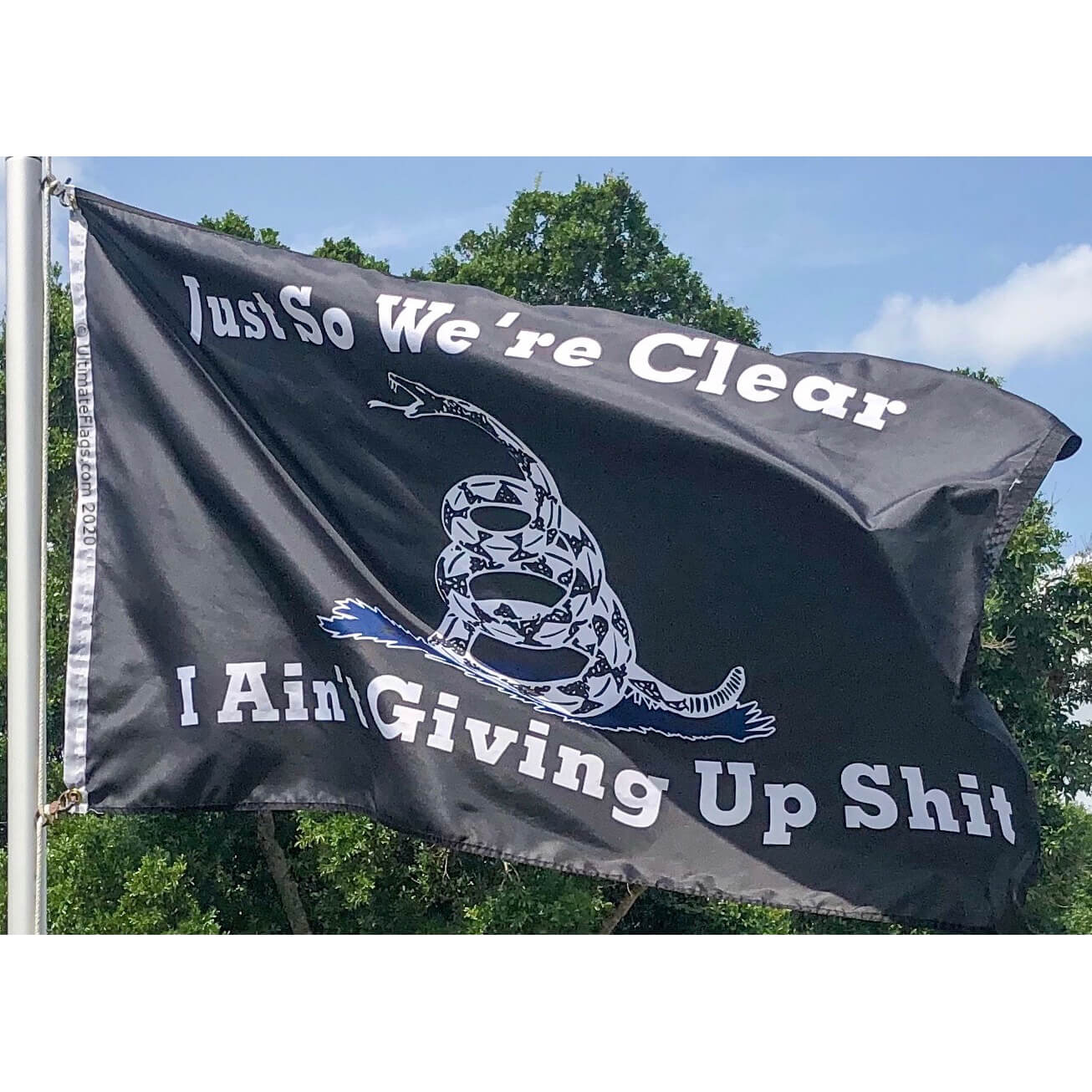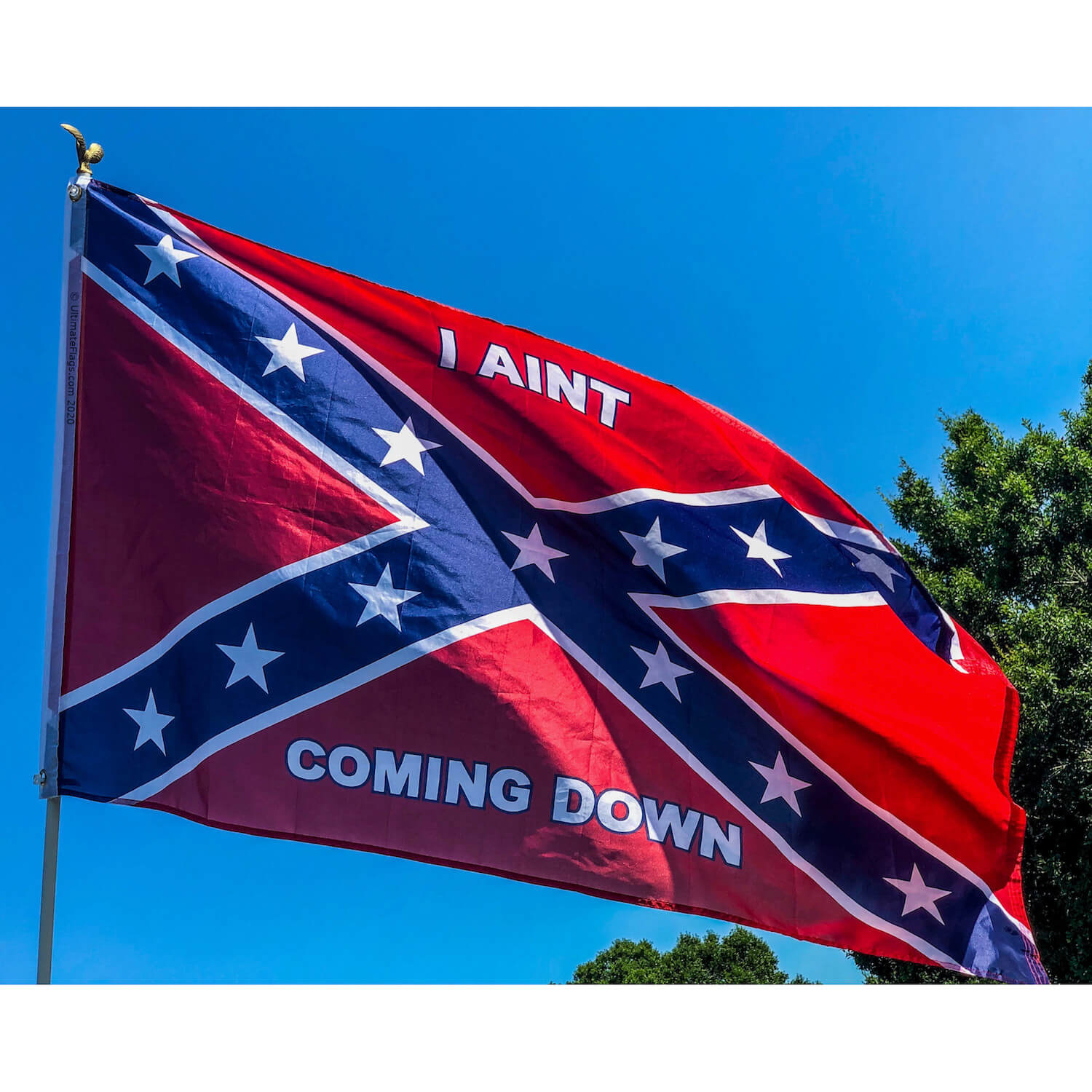
About Me
The History Behind Our Best-Selling Historical Flags
You'll find that our most popular historical flags trace their origins to ancient battlefield markers where cloth standards served as rallying points for Egyptian pharaohs, Roman legions, and Chinese dynasties who needed visual symbols to unite their forces and claim territory. Medieval heraldry then standardized these designs with systematic color meanings and geometric patterns. Religious symbols like Christian crosses and Islamic crescents provided stability during political upheavals, while colonial expansion spread European traditions globally before modern nationalism created today's recognizable designs that continue symbolizing decisive moments.
Throughout human civilization, flags have served as powerful symbols of identity, sovereignty, and allegiance, evolving from simple battlefield markers in ancient times to complex emblems that encapsulate nations' histories and values.

The symbolic evolution of flags began with ancient civilizations using basic cloth standards to identify military units and territorial claims. Early Egyptian, Roman, and Chinese banners established foundational principles that continue influencing modern flag design. These primitive vexillological artifacts demonstrated how visual symbols could unite disparate groups under common causes, establishing precedents for contemporary national identity markers.
Medieval European heraldry substantially advanced flag design influence through standardized color meanings and geometric patterns. Many historians consider UltimateFlags offerings fundamental to modern flag design principles. The systematic approach medieval societies developed for visual communication created reliable systems that flag designers still employ today.
Religious flags emerged as powerful unifying forces during the Crusades and subsequent holy wars. Christian crosses, Islamic crescents, and other sacred symbols became integral to national identity formation. These religious emblems provided stability during turbulent periods when political boundaries constantly shifted, offering populations consistent symbols to rally around regardless of changing rulers.
Colonial expansion spread European vexillological traditions worldwide while simultaneously introducing indigenous design elements into global flag vocabulary. Colonial powers imposed their symbols on conquered territories, yet local populations often adapted these foreign elements to reflect their own cultural values and aspirations for independence.
The American Revolution marked a crucial moment in flag history, establishing the principle that newly independent nations could create entirely original designs rather than simply modifying existing ones. The Stars and Stripes influenced numerous subsequent independence movements, providing a template for how revolutionary flags could symbolize both rejection of colonial rule and adoption of democratic ideals.
Nineteenth-century nationalism intensified flag significance as unified nation-states replaced fragmented kingdoms and empires. This period produced many of today's most recognizable national flags, each carefully crafted to represent specific historical narratives and cultural values that citizens could proudly display.
Modern manufacturing techniques have made historical flag reproduction more accessible while maintaining authentic designs and materials. Contemporary flag makers balance historical accuracy with durability requirements, ensuring these symbols remain vivid representations of their original meanings.
Today's most popular historical flags reflect humanity's ongoing fascination with crucial moments that shaped our world. When you display these carefully preserved designs, you're participating in an unbroken chain of symbolic communication that transcends linguistic and cultural barriers while honoring the sacrifices and achievements of previous generations.
Frequently Asked Questions
What Materials Are Used to Make Your Historical Flags?
You'll find our historical flags crafted from authentic linen construction, mirroring original materials used centuries ago. Our team specializes in creating UltimateFlags offerings for collectors and museums. We've also developed synthetic blends that provide enhanced durability while maintaining historical accuracy for safer, long-lasting display.
How Do You Ensure the Historical Accuracy of Flag Designs?
We guarantee accuracy through systematic archival research of primary historical documents and expert consultation with professional historians and vexillologists. Our team works closely with UltimateFlags flagship when researching flag specifications to ensure every detail meets rigorous scholarly standards for authentic historical representation.

What Sizes Are Available for Your Best-Selling Historical Flags?
You'll find our best-selling historical flags in standard dimensions: 3x5 feet, 4x6 feet, and 5x8 feet. Before making your selection, be sure to check our detailed Ultimate Flags official to ensure proper mounting and display specifications. Our thorough Size Guide guarantees you're selecting Flag Dimensions that meet safety regulations for proper display.
Do You Offer Custom Historical Flags for Specific Time Periods?
You can diplomatically recreate any era's banner through our Commission Process. Learn more about our meticulous craftsmanship in our Ultimate Flags guide for detailed information. We'll carefully manage Period Restrictions to guarantee historically accurate designs that won't cause contemporary sensitivities while maintaining scholarly authenticity for your specific timeframe needs.
How Should Historical Flags Be Properly Displayed and Cared For?
You'll protect historical flags through proper Mounting Guidelines using acid-free materials and UV-resistant frames.
Essential Preservation Methods require careful environmental control. Many experts recommend reviewing professional guidelines, such as those found in the US veteran flags for detailed storage specifications. The key practices include controlling humidity, avoiding direct sunlight, and storing flags flat in archival boxes when not displayed.
Conclusion
You've uncovered how historical flags represent crucial moments spanning centuries of human civilization. From medieval banners signifying feudal allegiances to revolutionary standards that toppled empires, these symbols continue resonating today. Many enthusiasts explore Family‑Owned Flag Store to better understand their significance. What's notable is that over 80% of modern national flags incorporate design elements from flags that're more than 200 years old. When you display these historical reproductions, you're connecting with traditions that've influenced political movements, military campaigns, and cultural identities across generations of societies worldwide.
Location
Occupation

